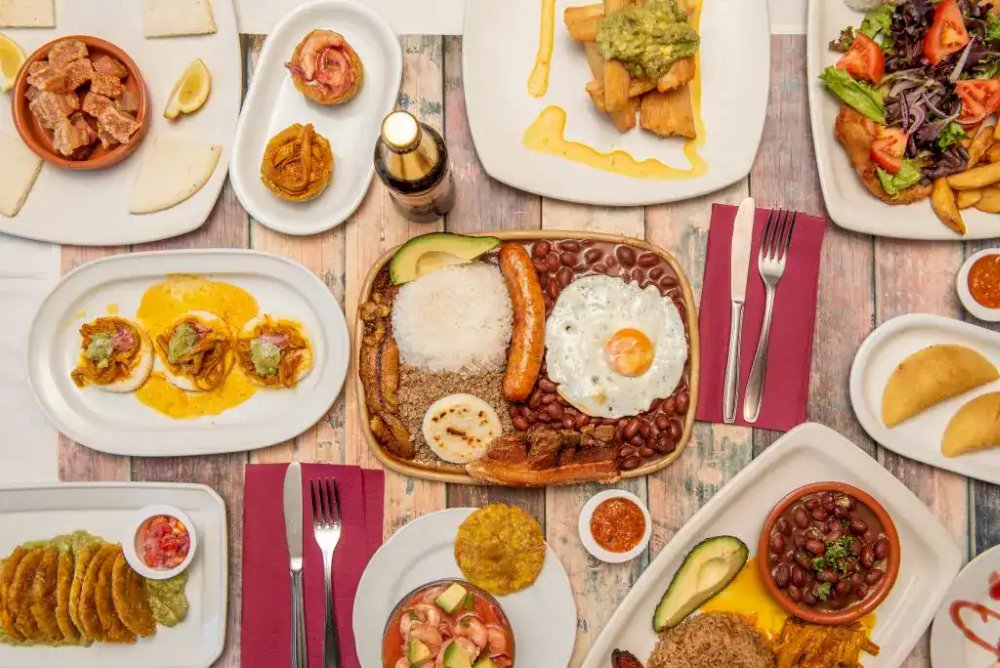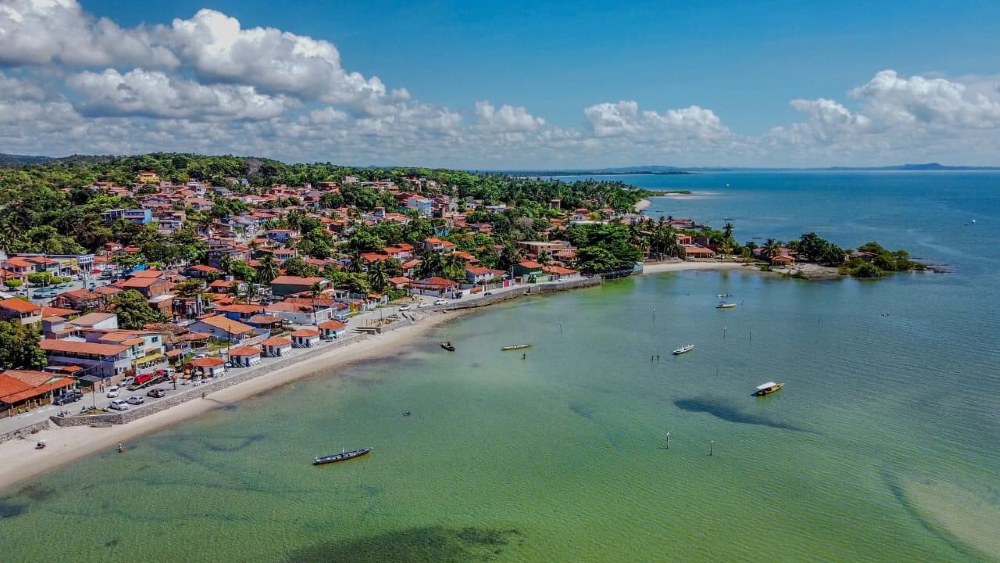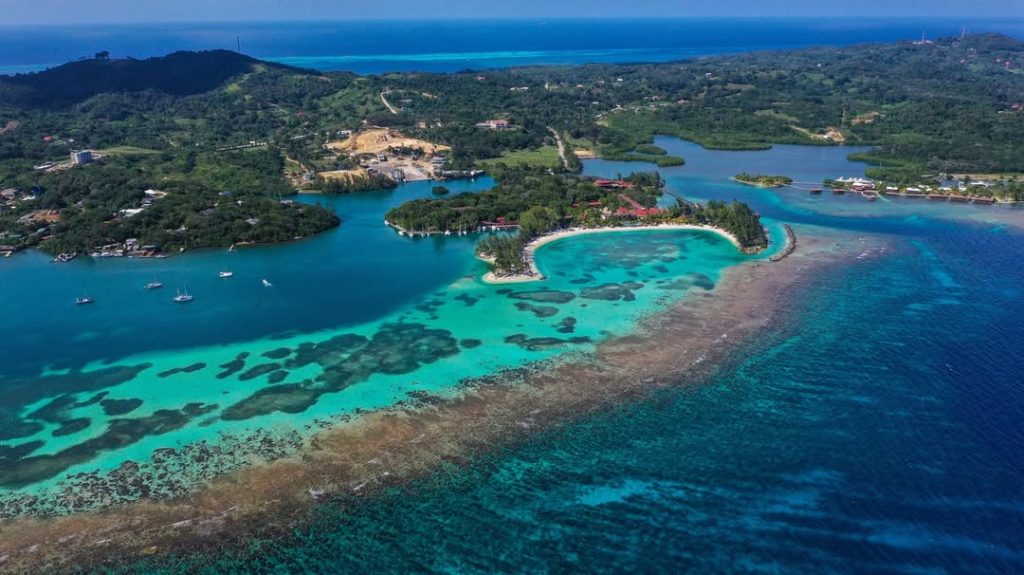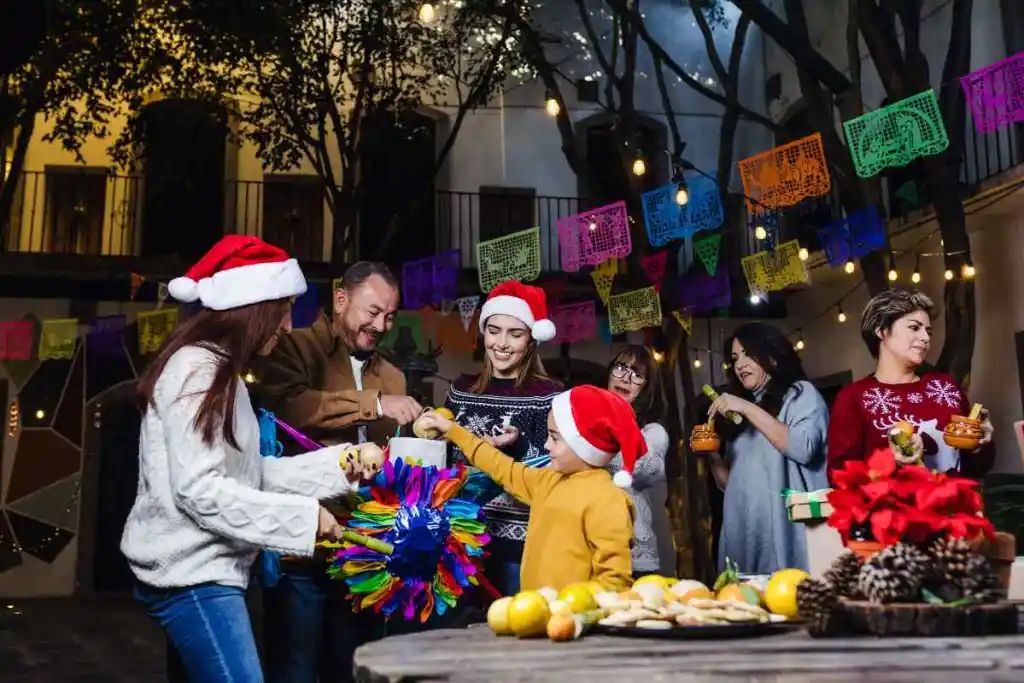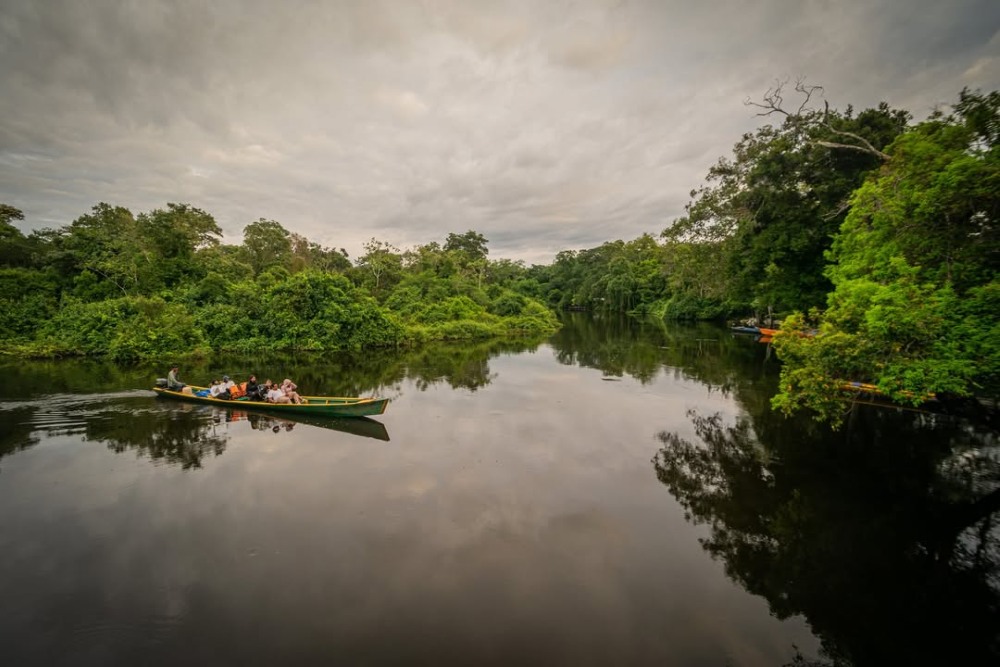Flavors sometimes tell a country’s story better than words. In Colombia, cuisine is a language in its own right: it conveys stories, preserves knowledge, and reflects the deep connections between communities and their territories. During a journey through the country’s culinary geography, Colombian chef Leonor Espinosa — known for her work with communities and culinary traditions — highlighted four places that, in her view, concentrate the best of Colombia’s gastronomic and tourism potential.
San Andrés and Providencia: the cooks of the insular Caribbean
In Providencia, techniques passed down orally and strong community cohesion make the island a reference for those seeking culinary experiences rooted in local identity. The archipelago’s cultural heritage is reflected as much in its Creole language as in its Afro-Antillean traditions. Seafood, coconut milk, plantain, and tubers form the basis of a distinctive island cuisine. Among its emblematic dishes is Rondón: a thick soup made with fish, crab, snails, yams, and cassava, one of the most representative breakfasts in the region.
You may also like: San Andrés, Providencia and Santa Catalina: the Colombian archipelago in the heart of the Caribbean
Buenaventura and the Southern Pacific: where the ocean meets the forest

On the Pacific coast, cuisine follows the rhythms of the sea, the tropical forest, and a history of cultural resistance. Dishes such as tapao de pescado or arroz atollado are prepared with fresh products and local spices. Indigenous ingredients such as chontaduro, borojó, or traditional drinks like biche express a direct link between gastronomy and territory. Buenaventura, as well as Tumaco and Guapi, form a route that is still little visited and offers an authentic immersion into the lifestyles of Colombia’s Pacific region.
Cartagena: a tradition without filters
In Cartagena de Indias, local techniques and flavors have resisted the standardization sometimes brought by mass tourism. Beyond fine dining restaurants, the original flavors can be found in the streets of the historic center and in traditional markets. Crab rice, seafood cazuela, sancocho de pescado, posta cartagenera, corn breads, arepa de huevo, and local sweets make up a repertoire that preserves the city’s Afro-Caribbean culinary heritage.
Santander: mountain traditions and rural cuisine
In the eastern Andes, the department of Santander preserves a culinary tradition shaped by rural practices, where every part of the animal is valued. Among its emblematic dishes are mute santandereano — a thick soup made with peeled corn, ribs, tripe, cow’s feet, creole potatoes, and beans — and pepitoria, prepared with rice and goat offal. One of the most striking curiosities is the hormiga culona — a giant ant — consumed since pre-Hispanic times and still served as an appetizer or included in traditional recipes.
You may also like: Barichara: A beautiful escape in the heart of Colombia
These destinations are not mere gastronomic references: they are territories where cuisine plays an essential social and cultural role. Tourism can find a natural and respectful place here, aligned with local economies. These routes require neither complex infrastructure nor sophisticated menus; only the willingness to stop, listen, and savor the territory as it is cooked: with time, knowledge, and memory.
Photos: D.R

